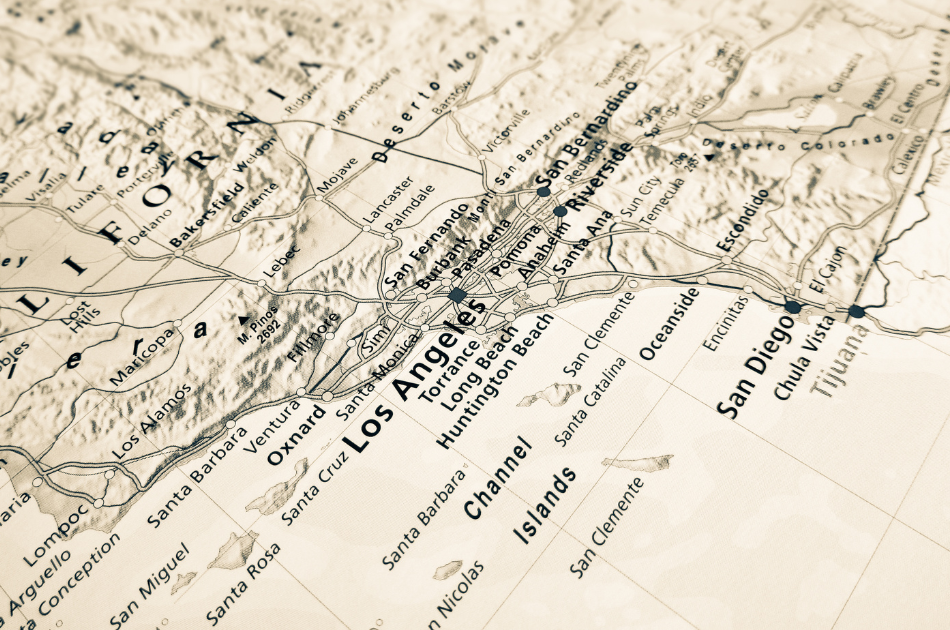Time for a little history lesson: In Southeastern Europe, starting around 7000 BC, people began farming and raising livestock after millennia of hunting and gathering. Archaeologists studying ancient human remains noticed that around the same time, populations in early farming cultures started to grow.
Somehow, the shift to farming triggered a prehistoric baby boom, and some archaeologists think livestock milk may have been the key. Milk would have given Neolithic mothers something extra to feed their babies, either as a supplement or to help wean them off breastfeeding.
Now that idea is gaining traction after archaeologists recently discovered ceramic sippy cups with microscopic traces of livestock milk. Interestingly enough, some of those prehistoric sippy cups even have cute animal motifs on them. Lest you be overwhelmed by the cuteness, there’s a heartbreaking side to that discovery: Bronze and Iron Age parents buried their dead infants with their clay sippy cups.
Still, the discovery of these ceramic sippy cups suggests that feeding babies milk from livestock may have been key to fueling a prehistoric baby boom.












